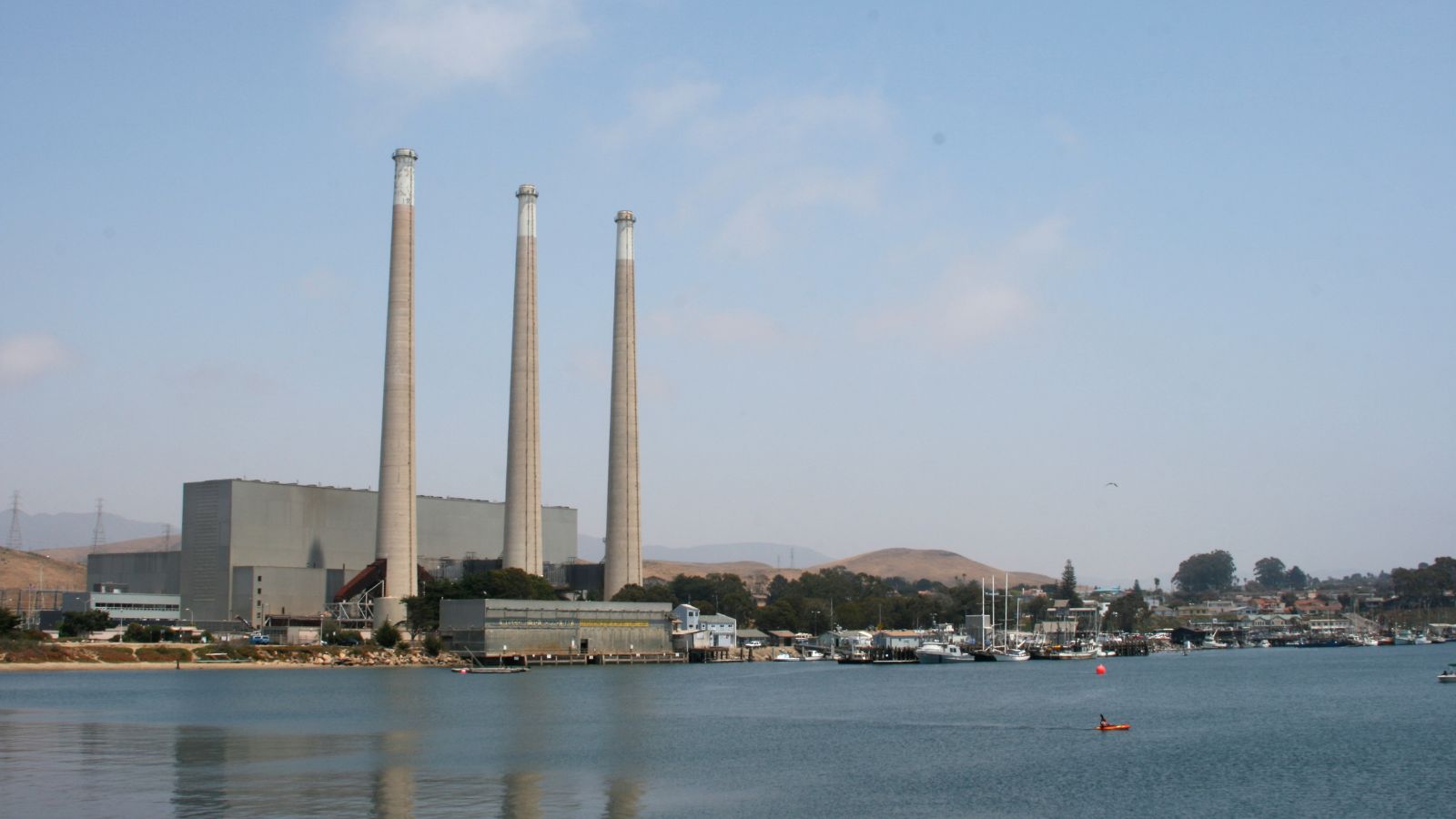For decades, the U.S. has been relying less on coal and more on natural gas.
Burning natural gas emits less carbon dioxide, but it still generates other pollutants that are dangerous to breathe.
“We can’t lose track of the fact that there are communities who have and continue to bear inequitable burdens from siting of facilities such as power plants,” says Juan Declet-Barreto of the Union of Concerned Scientists.
In a recent study, his team looked at power plants across the 11 states in the Regional Greenhouse Gas Initiative — a program aimed at reducing carbon pollution from power plants.
They found that as coal use has fallen, more natural gas plants have opened in the region. And a disproportionate number of natural gas plants are located in communities of color and low-income areas.
Some are likely former coal plants that were converted to gas, which in some ways is an environmental win. But it also means that communities that have long struggled with pollution continue to bear a disproportionate burden.
So Declet-Barreto says climate policies aimed at cutting carbon pollution should also address this injustice.
“Climate change policy provides a great opportunity that we should not squander,” he says.
Read: What is ‘climate justice’?
Reporting credit: Sarah Kennedy/ChavoBart Digital Media
Source link


